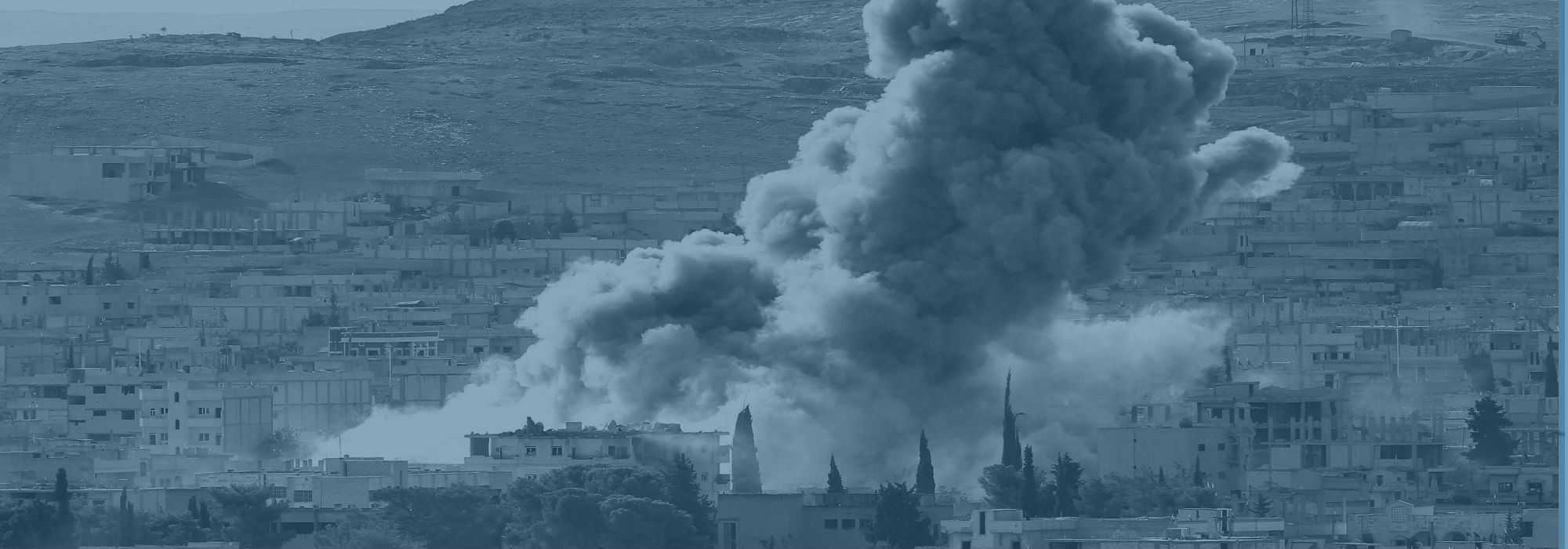By George Friedman
The central leader of the Afghan Taliban Mullah Mohammed Akhtar Mansour was killed by U.S. forces on Saturday, two weeks after a senior leader of the Islamic State Abu Wahib was killed in an airstrike. This is part of a long-standing American strategy to decapitate jihadist organizations and simultaneously kill mid-level operatives. Through manned and unmanned airstrikes and special operations forces missions, the United States has killed hundreds of jihadist leaders since 9/11. Some of the more prominent ones prior to this May’s targets include:
- Al-Qaida founder Osama bin Laden, killed in Pakistan on May 1, 2011
- IS founder Abu Musab al-Zarqawi, killed in Iraq on June 7, 2006
- Al-Qaida in Iraq chief Abu Ayyub al-Masri, killed on April 18, 2010 along with leader of the Islamic State of Iraq Abu Omar al-Baghdadi
- IS military chief Abu Omar al-Shishani, killed in Syria on March 14, 2016
- Al-Qaida in the Arabian Peninsula leader and U.S. citizen Anwar al-Awlaki, killed in Yemen on Sept. 30, 2011
- Al-Shabaab leader Hassan Ali Dhoore, killed in Somalia on April 1, 2016
- IS in Libya leader Abu Nabil, killed in Libya on Nov. 13, 2015
- Founder of the Pakistani Taliban movement Baitullah Mehsud, killed in Pakistan’s Federally Administered Tribal Areas on Aug. 5, 2009
The assumption is that focused attacks on individual leaders will in the long run cripple the organization. The question is whether targeting individuals within organizations has helped achieve the strategic purpose of the war against Islamist extremism.
Defining the strategic goals of the United States is not easy. I would define the U.S.’s strategic goal in this war as rendering jihadist organizations incapable of launching major attacks against the United States and, secondarily, Europe. The means is the creation of effective governments in Muslim countries that are capable of attacking and destroying jihadist movements. In order to create such states, it is necessary to first destroy jihadist organizations, since until they are destroyed, a stable government can’t be created.
If it appears that U.S. strategy consists of circular reasoning, that is what I am trying to show. We need anti-jihadist governments in power to destroy jihadists. We must first destroy the jihadists in order to allow the government to emerge. And the jihadists can’t be destroyed until a government emerges. One response to this strategy is to abandon it, try to discover a new approach, and failing that, accept reality. Another response is to argue that the goal is too important to be abandoned and to try to achieve it by either creating viable governments or destroying the jihadists.
The United States has tried to create stable states, and that has been marginally effective, at best. Therefore, it is trying to destroy the jihadists. This is clearly where the U.S. is focused at this point, by default perhaps rather than by choice. And that led to the killings over the past couple weeks. I have no moral objection to these attacks. In war, the goal is to destroy the enemy’s military capability. If attacking its commanders contributes to this, I don’t see the deliberate killing of one individual as less moral than killing many anonymous individuals. The issue for me is whether this strategy will work. I do not raise the question retroactively because it is evident that this strategy hasn’t yielded the strategic goal to this point. The only question worth raising is whether it will do so in the future.
Covert politico-military groups come in two sorts: fragile and robust. This is not a function of size alone, but also how the groups are organized and commanded. The first experiences the United States had with terrorist groups involved various Palestinian groups and also some terrorist groups in Europe in the 1970s and 1980s.
Heavily influenced by Soviet models (and, in some cases, advisors), these groups were organized hierarchically, with the command cell indispensable for the operations of cells beneath, and with each cell isolated from the others. This system was designed to be robust, but it was in fact fragile. An intelligence failure that revealed the leadership, or a penetration at lower levels that allowed intelligence to “crawl” through the system and slowly identify operatives, would render the organization inoperative. The process of shutting down communications to guard against imagined penetrations left the organization paralyzed. In due course, the leadership would be found as well.
The apparent robustness of these organizations actually crippled them. Their first goal was security, and their efficiency at self-protection paralyzed them. The concern for security also limited the size of the organization and created incredibly complex systems for recruitment. Therefore, breaches that did take place could not be healed. It was not easy taking apart these European and Palestinian groups, but their defenses helped a lot.
These were fragile groups. In my view, Osama bin Laden studied their failures in order to create a more robust system. Al-Qaida was not a hierarchical organization but a diffused entity. It did not isolate itself from potential recruits but encouraged them. It was accepted that this strategy would leave layers of the organization – and even the leadership – vulnerable to destruction. This was an accepted risk that was compensated for in two ways. First, a constant ferment of members able to create alternative routings or operate independently was recruited. Second, accepting that the organization would be ground down over time, it created a sufficient cadre of capable individuals so that a successor organization or leader could be founded elsewhere.
This was a robust organization. It survived by being poorly designed in comparison to other groups like the Popular Front for the Liberation of Palestine or Red Brigades. Yet, al-Qaida was far more robust than these organizations. Capturing senior operatives, or forcing the organization to shut down defensively was much easier than picking through the deliberate chaos of the jihadist organizations. We constantly hear of senior officials being killed and wonder how many senior officials there must be. It all depends on the task, the place and circumstances.
This is seen as amateur by some. I see it as the height of professionalism. The jihadists, aware of the strengths of their enemies, refuse to give them a target they understand. Viewing the large base of support as an integral part of the system, rather than as a security risk, they maintain an opacity from disorder. Yes, they are less efficient because of it, but they tend to survive as an entity. Put another way, they take advantage of being a movement rather than carving themselves out from the movement. They will not allow the need for security to turn into a tool with which their enemy can paralyze them.
The problem with the targeted killing program is not that it is immoral. Rather, it is impractical. Al-Qaida under pressure morphed into IS. IS shifted shape into a military. If the military succeeds, fine; if not, it will morph back into a primarily terrorist organization. It is robust because no one is indispensable, it shifts leadership by task and in unpredictable ways. It is also robust because it uses the fact that it is a movement to its advantage. Spending extended periods of time identifying important figures and killing them hasn’t led to a framework for creating stable nations, because the jihadist group is designed to survive the death of entire layers of its organization. Even when successful in destroying an organization, the movement is not only still there, but intermingled with the organization.
Targeted killing has been going on for nearly 15 years. Whatever it has achieved, it has not achieved the strategic purpose of the war. I will not argue that it has harmed it, but at best, it has been irrelevant to the goal. It may be that the strategy is long dead, and the United States carries out these operations because it does not know what else to do, and like Dickens’ Mr. Micawber, it is hoping that something turns up. But what must turn up is an approach that either abandons the goal or defines a new strategy. Muslim countries are being destabilized by the jihadists; they can’t help destroy the jihadists. And special operations against specific targets haven’t worked either.






 Special Collection – The Middle East
Special Collection – The Middle East